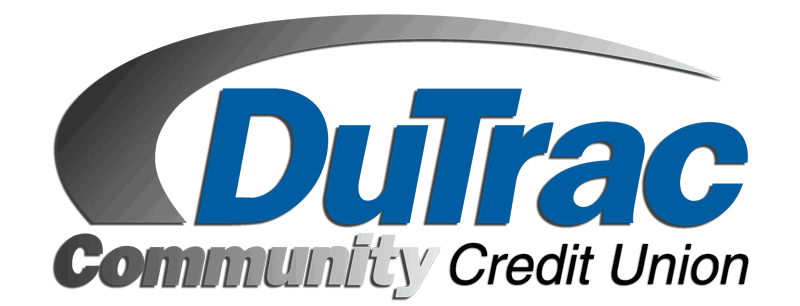With over 11 million identity fraud victims in the United States annually. Here are 20 easy ways to secure your bank accounts and avoid identity theft.
- Check your account activity regularly. Single most effective strategy to secure your finances. Log in and view your account activity multiple times every week to make sure there are no unexpected transactions. Report any discrepancies to your financial institution immediately.
- Review your Credit Report Annually for Accuracy These are the keys to your use of money and many other consumer goods like vehicle insurance. Review credit reports at least annually taking a good deal of time to slowly review the information contained therein. Report discrepancies to all three “big three” credit reporting bureaus: Experian, Equifax and TransUnion. Obtain your one free annual credit report by accessing the following link: annualcreditreport.com
- Use a strong password for online banking and keep PINs and Passwords Secret: Do not use your birthday, your spouse’s name, your kid’s name, your social security number, your address or anything so painfully obvious. Always use a capital letter or two along with a few numbers.
- Change passwords periodically. Get a new password every few months or so.
- Do not give out account info over the phone. Your bank will not call requesting your account numbers, PINs or passwords. They already have this information. You should be automatically suspicious of unexpected calls. If you have any doubts about the caller, hang up and call your bank directly.
- Do not give out account info through email.Again, your bank will not email you requesting your account numbers, PINs or passwords. Never send this information through email.
- Don’t click links embedded in emails. It is easy for scammers to rig convincing emails. If you get an email from your bank, don’t click on the links. Instead, type in the bank’s web address in your browser and navigate from there.
- Use anti-virus protection software, firewalls and spyware blockers. Significantly reduce your vulnerability to cyber-attacks and fraud attempts. Make sure to also keep your computer updated with the most recent security patches.
- Don’t use public computers for online banking. You should also avoid conducting transactions using public Wi-Fi.
- Check for secure connections. When visiting your bank’s website or conducting an online transaction, check your browser to verify a secure connection. A padlock symbol should appear in the browser line or at the bottom of the browser page. If the web address starts with “https,” you should have a secure connection.
- Be aware of your surroundings at ATMs. Keep an eye on the people around you. Make sure no one is standing too close. Use the curved mirror to watch activity behind. It is absolutely imperative you keep your PIN secret and close your transaction completely before walking away from the machine. If there is anything at all suspicious, quit your transaction and walk away immediately.
- Watch out for skimmers. Skimmers are interesting little devices that can be placed over ATM card slots in order to steal your account information. They can be installed and uninstalled in a matter of seconds. If the card slot looks peculiar, don’t use it.
- Take your receipt. At the ATM, wait for your receipt to print and take it with you. Do not toss it in a trashcan. The information could be used to access your accounts.
- Shred documents and old checks. Anything with account information should be destroyed beyond recognition. You don’t want sensitive documents to end up in the wrong dumpster.
- Minimize check writing. Checks display a lot of personal information, including your phone number, address, bank, account number and signature. Whenever possible, use a card or pay in cash.
- Write checks in permanent blue ink. This makes it more difficult for fraudsters to alter the written information.
- Do not leave blank space on your check. You don’t want to give anyone the opportunity to tack another zero on the end.
- Make sure checks can’t be seen through envelopes. This is an invitation for fraud. Use security envelopes or place your check between sheets of heavy paper.
- Use secure mailboxes only. When mailing checks, the mailbox at the end of your driveway can hardly be considered safe. Anyone can come along and snatch your outgoing mail in a matter of seconds. Use a mailbox at a post office or use your FIs online money transfer tool or ACH (Automated Clearing House) – a funds wiring software used by FIs.

